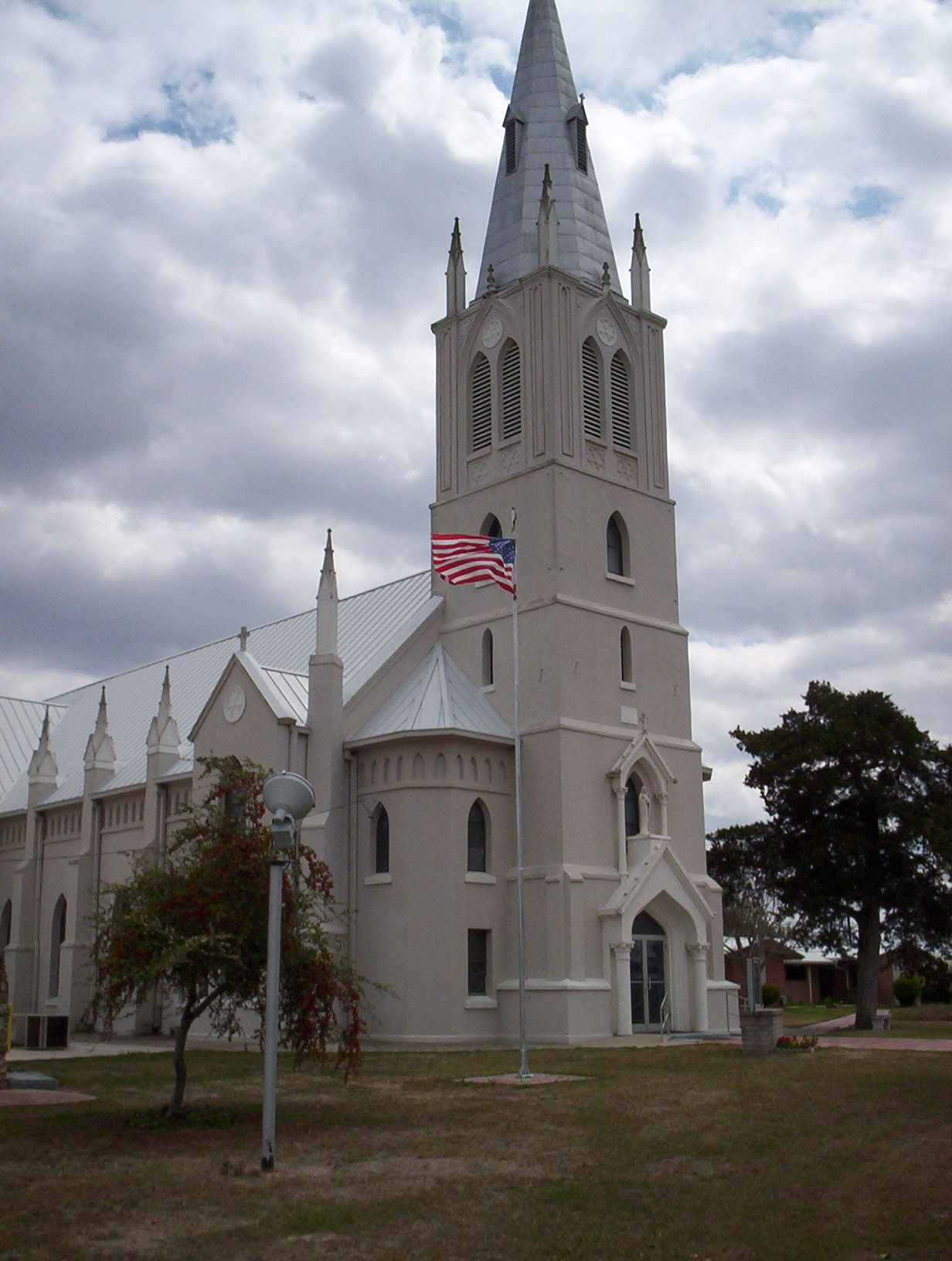Lauran Bienek and Melissa Pruski
firedezine@msn.com and mpruski19@hotmail.com
Palo Alto College
Spring, 2006
U.S. History 1302
| R. Hines, Instructor
More Histories of Small Towns in South Texas
Interview with Mary and Louis Jaskinia
CZESTOHOWA, TEXAS
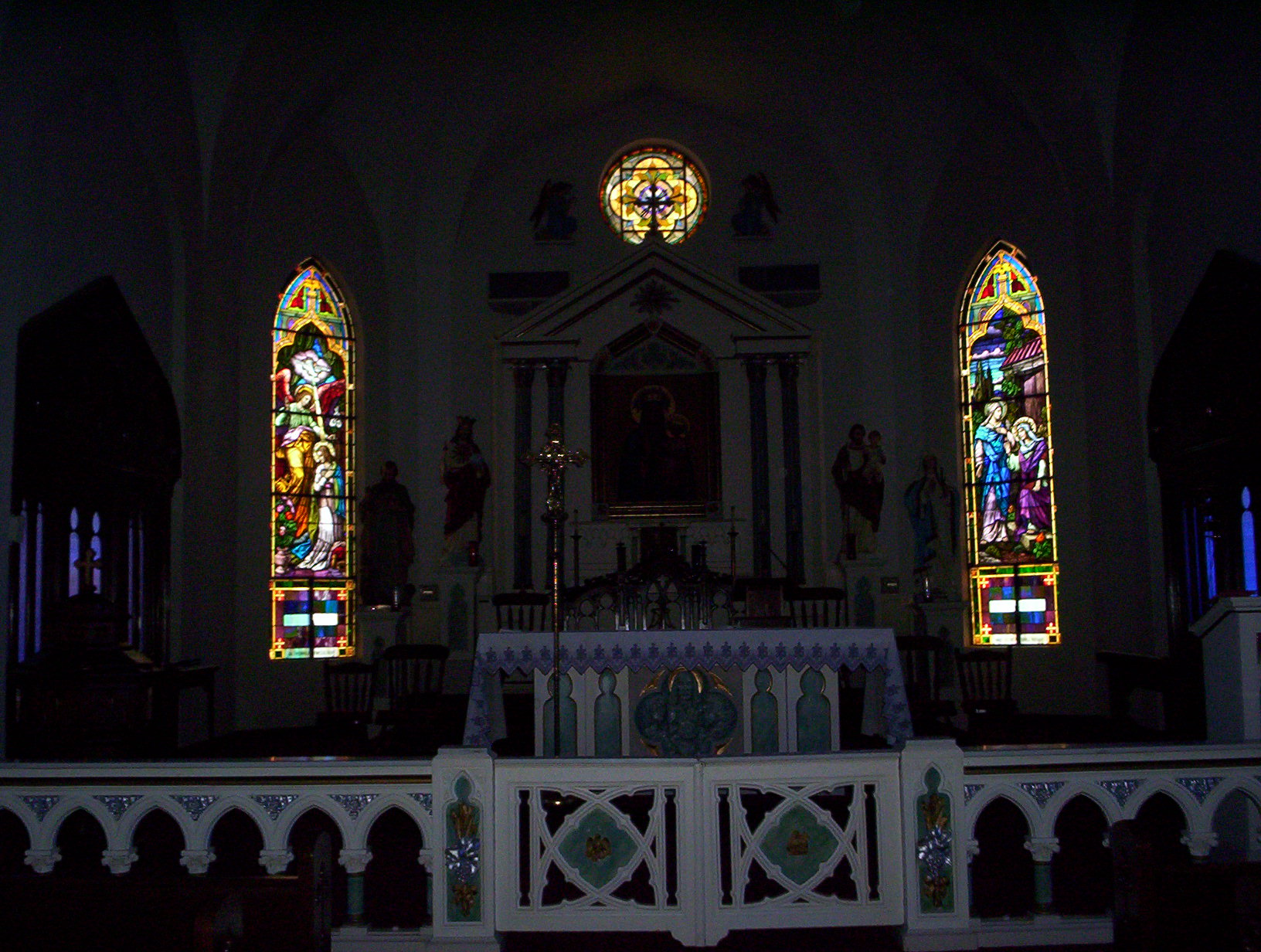 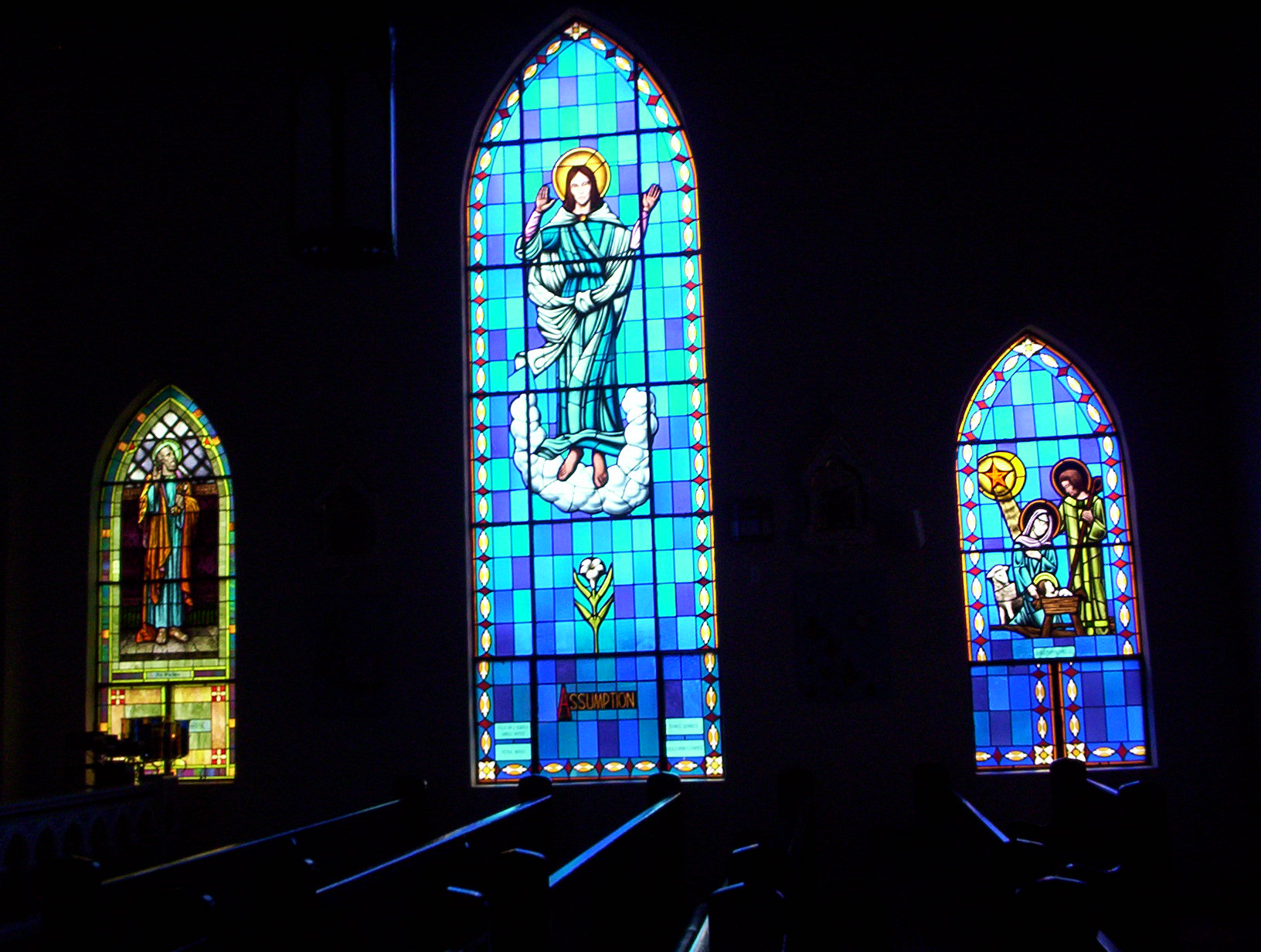
The Painting
In 1877, a great tragedy occurred when the
Panna Maria Church was struck by lightning and had to be rebuilt. During this time Panna Maria was the only church in the Kosciusko and Cestohowa areas, so instead of contributing to the construction of Panna Maria's Church, Cestohowa parishoners decided to build their own. Due to the construction of the Cestohowa Church, it became more convenient for Kosciusko citizens to attend mass. This decision made by the small settlement started a feud between Panna Maria and Cestohowa. In 1878, Father Felix of Panna Maria blessed the new church bringing with him a painting of Our Lady of Czestochowa, it was brought as a peace offering to end the feud between the two communities. This painting was carried in a procession from Panna Maria to Cestohowa and was placed above the altar in the new church. In the 1950's, it was replaced by a newer version and placed in the back of the church.
The Ringing of the Bells
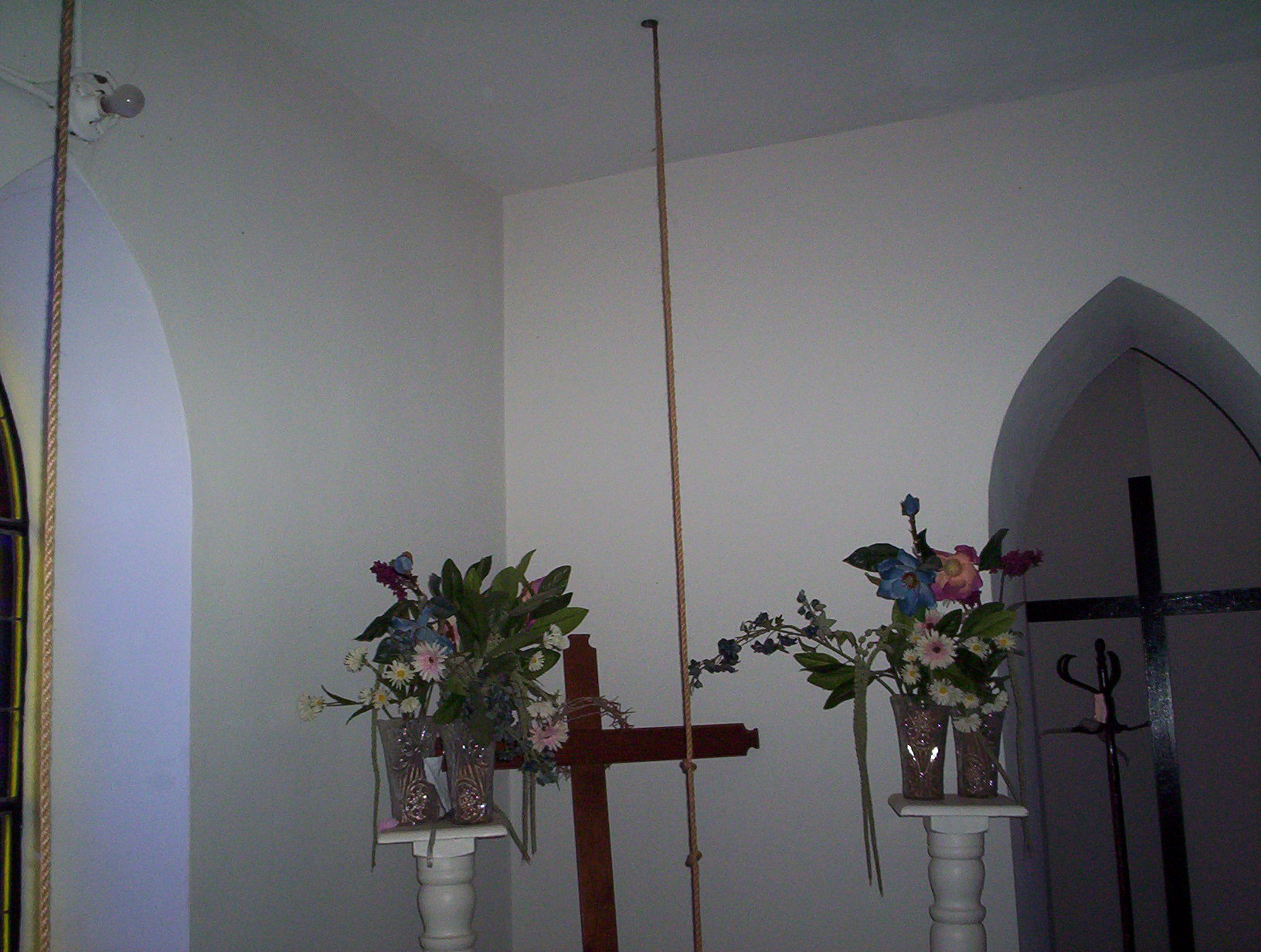
The Cestohowa church bells are rung in a significant way. The bells are rung by pulling knotted ropes rather than pushing a button to make the sound of bells, which is used at other area churches. The parishioners ring the bells before mass and when a parishioner passes away. When Pope John Paul II died three members of the church rang the bells in his honor. One of the bell ringers just happened to be Mr. Louis Jaskinia.
The Early Years
In 1873, the small community of Cestohowa was started by 40 families. These families were in search of land for farming and ranching. They built a small school which helped the community grow and also served as a chapel. Once the families built the Cestohowa church, it became the main focus of the town. "The church is what keeps the community together and is what started it all" (Mr. Jaskinia). The major religion was and still is today, Roman Catholic. "The Catholic religion is very important to everybody. The religion is what keeps the community together with its beliefs and the way of thinking for the people." (Mr. Jaskinia).
Immediately after the church was completed in 1878 the community started to boom. In 1879, Cestohowa had 175 residents with a grist mill, a gin, and a school (Thonhoff). As the years went on a post office was established and a bank was built. From the years of 1898 to 1902 families started to leave the community going to what is presently Falls City and Kosciusko, Texas. But, at the same time, Cestohowa still managed to open two general stores, a cotton gin, and several black smith shops (Thonhoff). The community of Cestohowa started to diminish in 1914, the town lost it's bank and several of it's other businesses, in addition to losing their post office four years later. In 1936, the small town only had 100 residents.
Founding Families: Winkler, Titzman, Pollok, Camber, Kaspriczyk, Brysch, Kotara, Jaskinia, and Moczygemba
Economy: In the beginning, the economy revolved around its farming, it stayed like that until after WWII. But since after WWII, jobs became more plentiful in the urban areas, such as San Antonio, which is to where many families migrated. Presently, farming has become not so profitable, so ranching has become more successful.
Technology: The farming in the community has changed to ranching because the young farmers see no profit coming in so they went off to search for new jobs. At the present time, the older citizens of Cestohowa are just raising cattle because the farming has diminished.
The main cash crop in this small community used to be cotton. But, as of today there are only a few acres of cotton being harvested. Hog farming used to be a big thing among the people in Cestohowa, but since farming is disappearing the hog farms no longer exist.
There are no new housing establishments in Cestohowa being built as of today. "The young folks are moving out and the old folks are staying" (Mr. Jaskinia).
Race: The community was first part of a Mexican passing ground between
Goliad to San Antonio. On the Historical Marker there are many Spanish names but Cestohowa is not a Spanish community. The community is mainly white, Polish Catholics. There is only one Spanish family living in Cestohowa, therefore, racism is not a major issue. Even as of today, there are no signs of racism. With marriage, it was quite different, because of the old ways it was wrong to marry outside of the religion and race.
Immigration Patterns: Most of the time this small community had no immigration patterns, it stayed white, Polish, and Catholic. But, at one time there was one family that came in illegally. As of today they have become legal citizens of the United States.
Cestohowa School
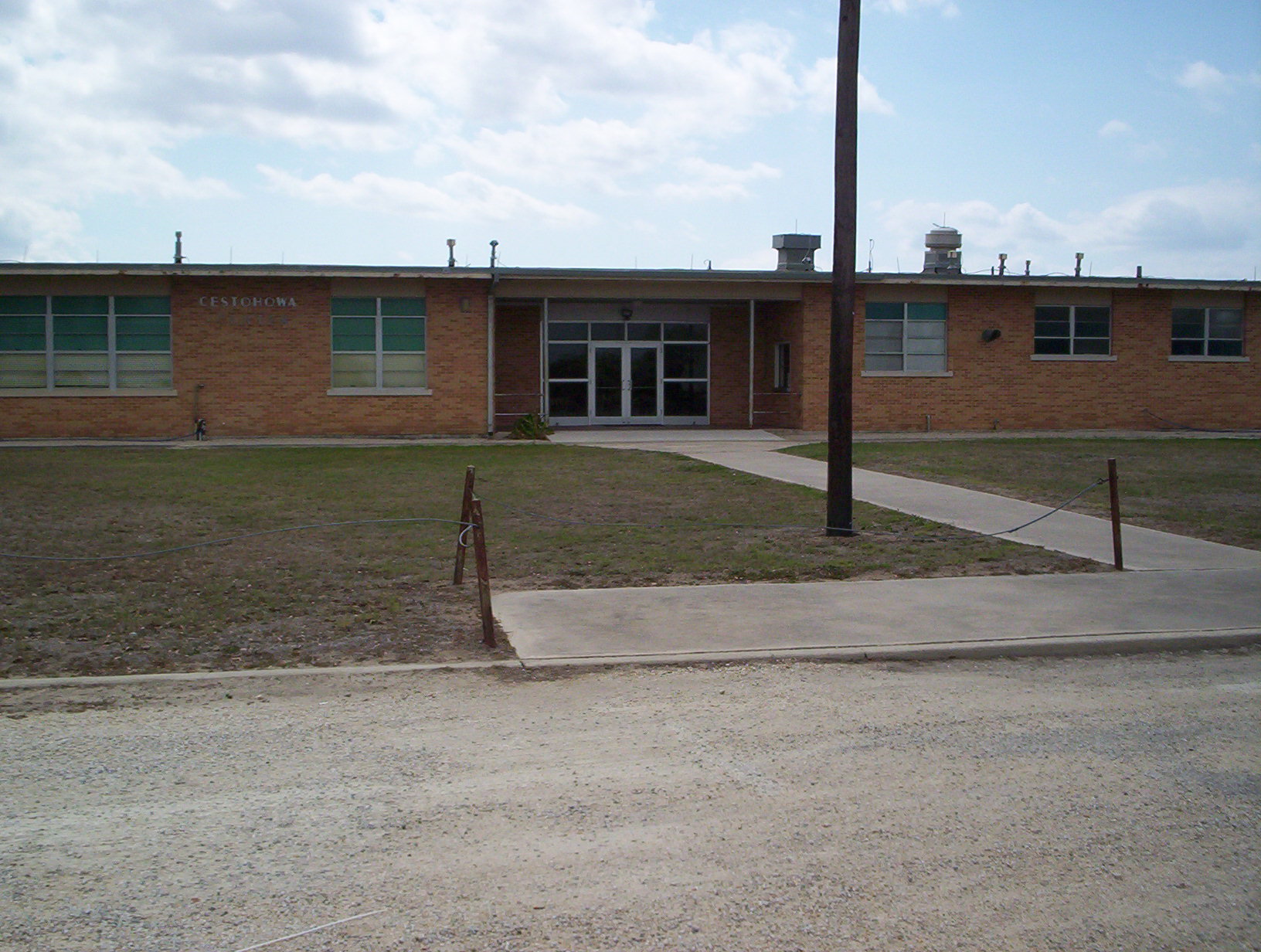
The Sisters of Charity of Incarnate Word took over the school system in 1881. They ran it until 1903. In 1934 the Felician Sisters came to the school to teach. A new convent was built for them in 1949. The new elementary school was built in 1964, which is currently still standing and is now known as the Cestohowa Center.
Cestohowa Historical Markers
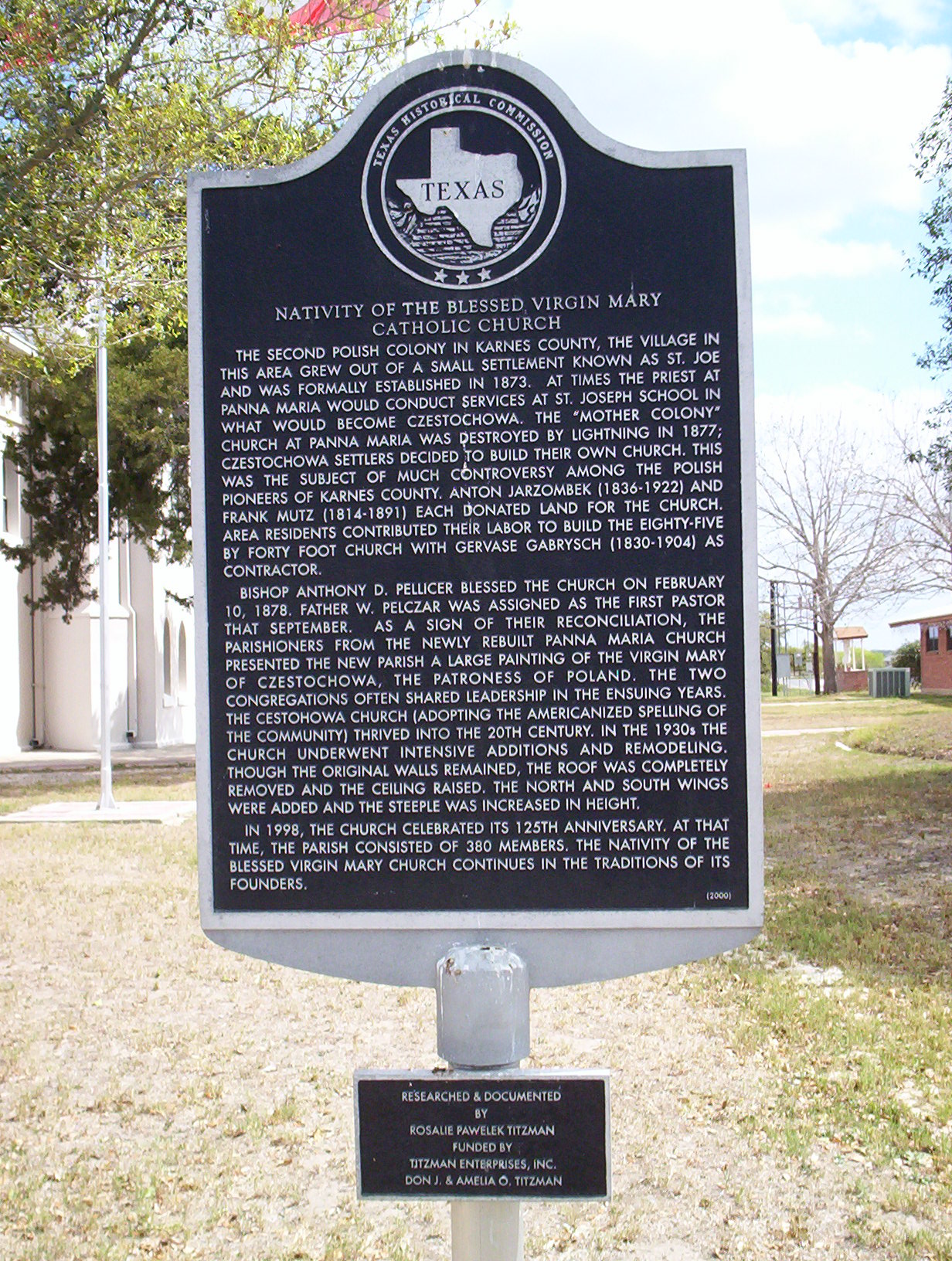 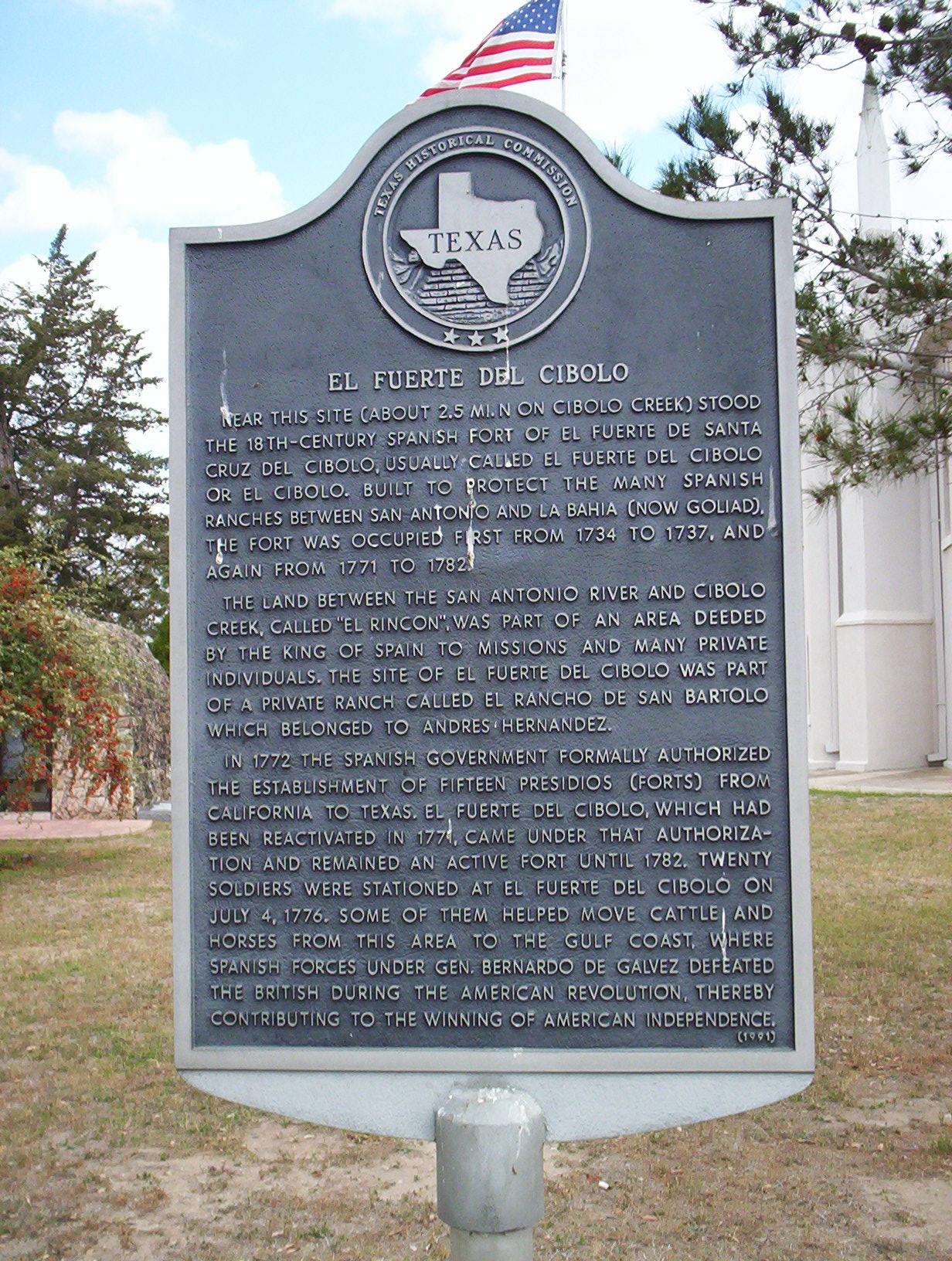 These two Historical Markers are found out in front of The Nativity of the Blessed Virgin Mary Catholic Church.
These two Historical Markers are found out in front of The Nativity of the Blessed Virgin Mary Catholic Church.
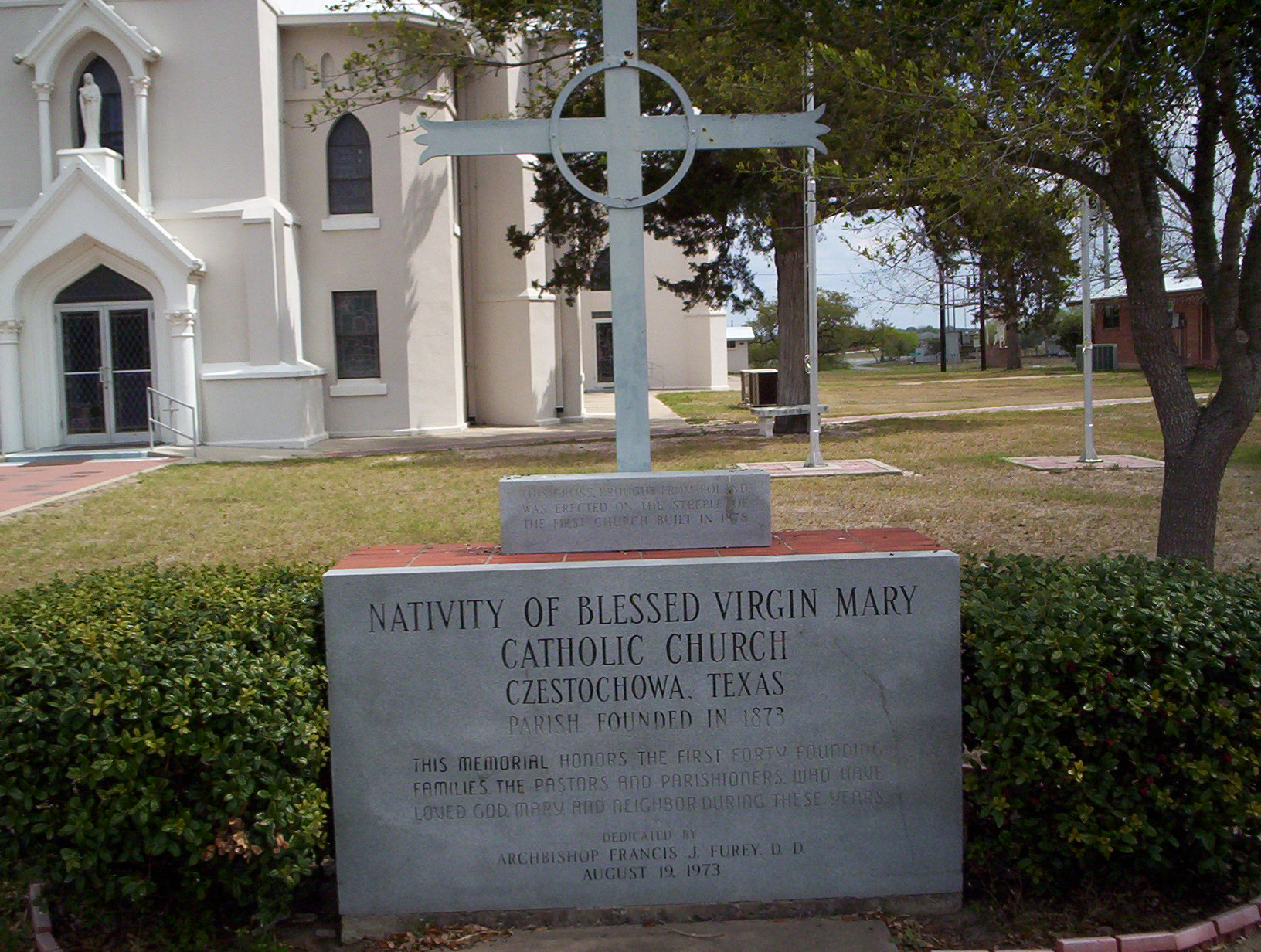
The Flu Epidemic of 1917
The Flu Epidemic that struck the country in 1917 hit the small town of Cestohowa hard. There was only one doctor in the area located in Falls City. The flu infected the old and the young people of the community. Whole families were even infected by this terrifying disease. The doctor in Falls City was unsuccessful with treating the flu and pretty much buried all of his patients. But, on the bright side, not everyone died who was infected.
Flood of 1998
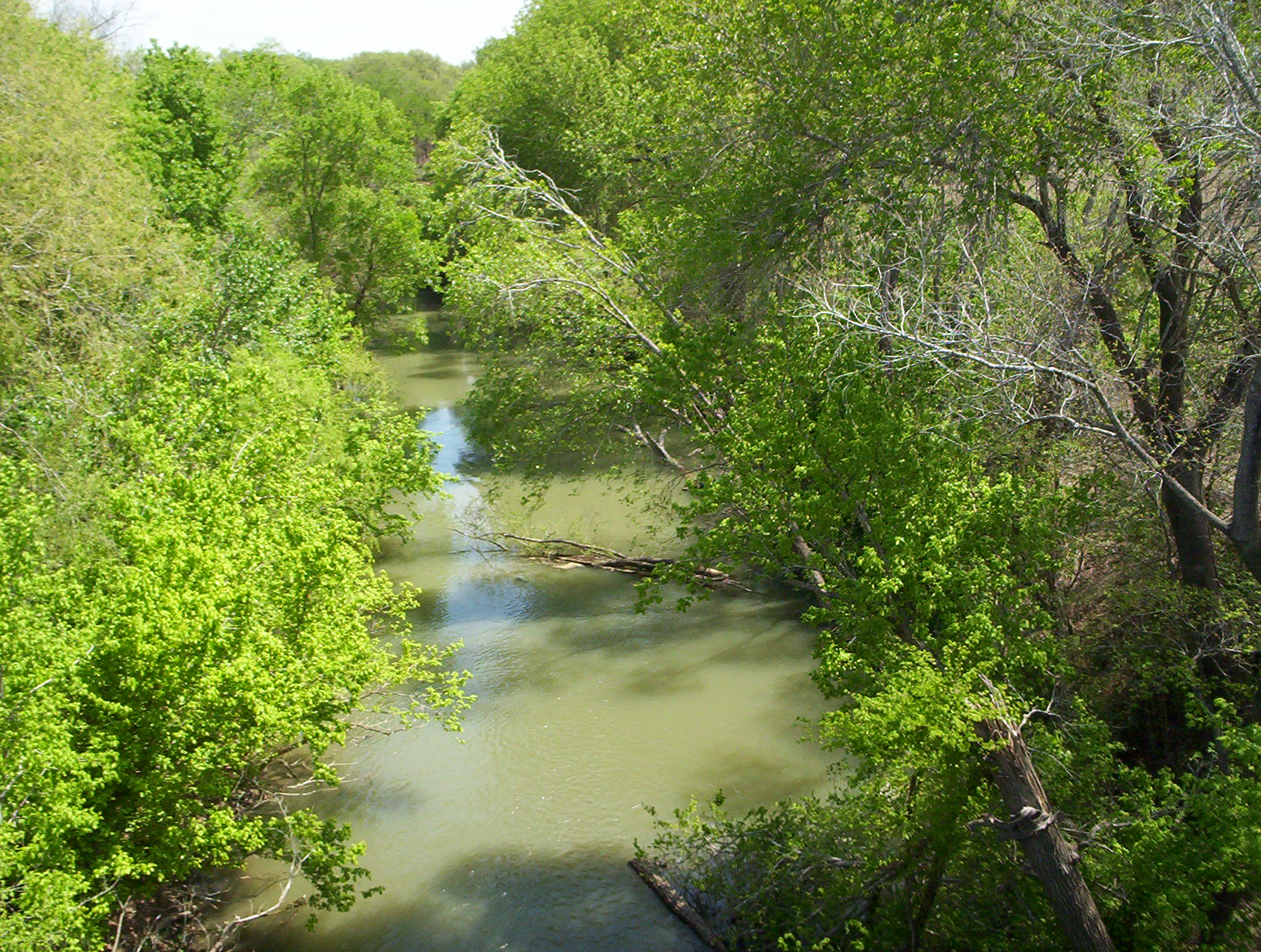 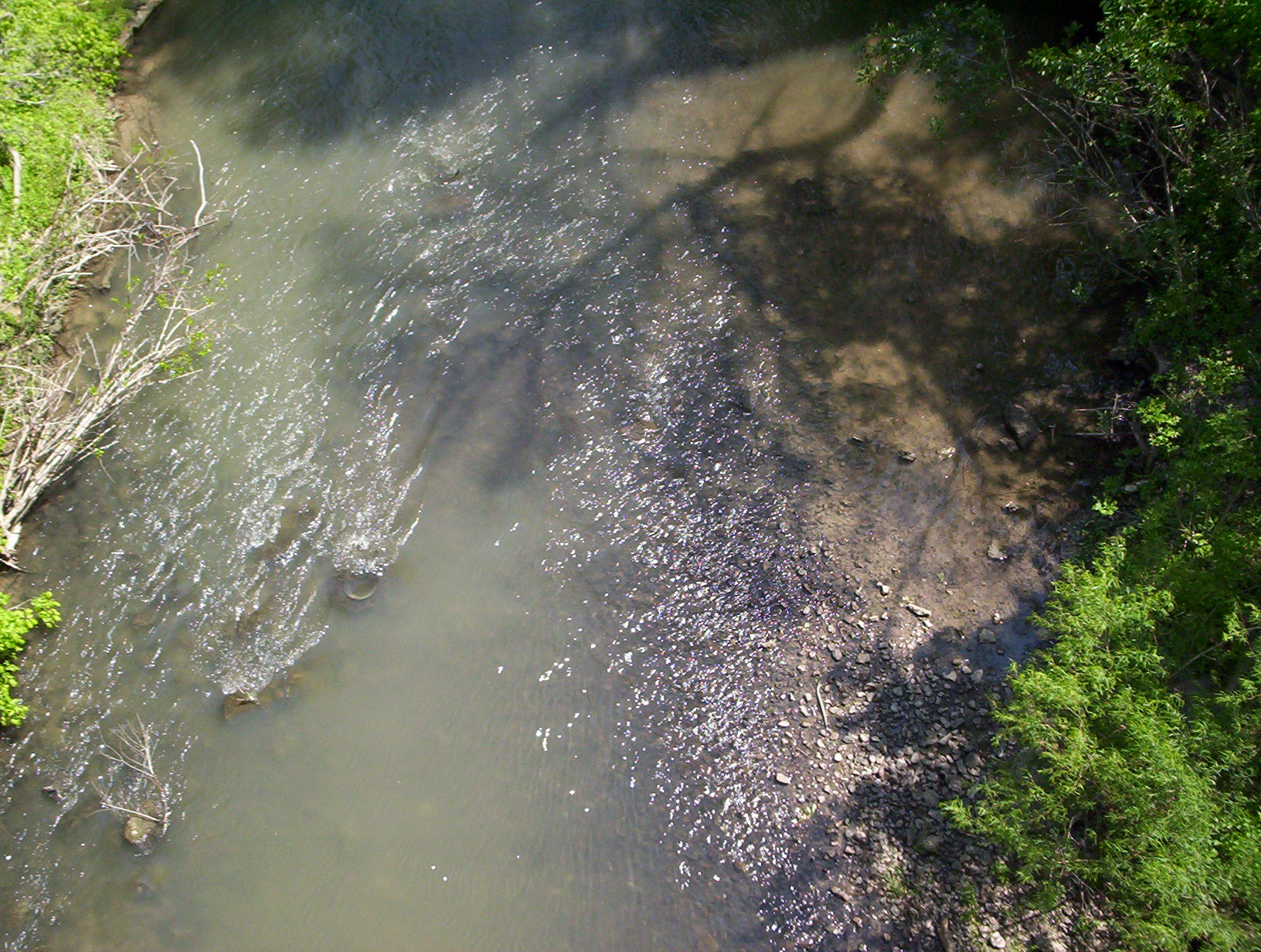 Cestohowa is established around Cibolo Creek. In 1998, a huge flood struck South Texas and effected Cestohowa greatly. Cibolo Creek overflowed it's banks and damaged and destroyed many homes. It did not destroy the farmers crops because it occurred in October, which is after the main harvest season. The flood waters did not damage the church or any other public buildings. The waters did not fully recede until five days after it started to rain.
Cestohowa is established around Cibolo Creek. In 1998, a huge flood struck South Texas and effected Cestohowa greatly. Cibolo Creek overflowed it's banks and damaged and destroyed many homes. It did not destroy the farmers crops because it occurred in October, which is after the main harvest season. The flood waters did not damage the church or any other public buildings. The waters did not fully recede until five days after it started to rain.

Cestohowa, Texas
ANNOTATED BIBLIOGRAPHY
Melissa and Lauran would like to thank Louis and Mary Jaskinia so much for their time and patience with us throughout the interview. They were very cooperative and understanding with what we were doing and the task we had to complete. We both enjoyed interviewing them because they were really easy to get along with and very easy to talk to. Mr. And Mrs. Jaskinia told us that they enjoyed us coming and really enjoyed our company. We learned a lot about the history of Cestohowa and all the interesting facts of the past. They really knew what they were talking about and knew their information well. Mr. And Mrs. Jaskinia, thank you so much again for all of your time and all the useful information that you provided Melissa and I for our History Report.
The Nativity of the Blessed Virgin Mary Catholic Church in Cestohowa
The church in Cestohowa helped our research enormously because there was a lot of history within its walls. It helped us with the interesting information that we found and all the beautiful pictures that we took.
Thonhoff, Robert H. Handbook of Texas Online. “Cestohowa, TX.” June 6, 2001. 20 Mar. 2006. http://www.tsha.utexas.edu/handbook/online/articles/CC/hlc19.html.
This website gave us all of our beginning information and helped us start off our report. This was the most informative website that we could find about Cestohowa, Texas.
Troesser, John and Kate. “Cestohowa, Texas: Karnes County, South Texas.” TexasEscapes.com. November 30, 2005. 20 Mar. 2006. http://www.texasescapes.com/SouthTexasTowns/CestohowaTx/CestohowaTexas.htm.
This website also gave us our beginning information that helped us start our report.
Duricy, Michael P. Black Madonnas: Our Lady of Czestochowa. December 13, 2002. 11 April 2006. http://www.udayton.edu/mary/meditations/olczest.html.
This website gave us history about the beautiful painting that is within the church. It told us the meaning and significance of Our Lady of Czestochowa, where it came from, and why it is the center of the church.
Centennial St. Ann's Catholic Church 1898-1998 Sto Lat Kosciusko, Texas
This book gave us the history of Cestohowa from Kosciusko's point of view.
The Road to Cestohowa, Texas
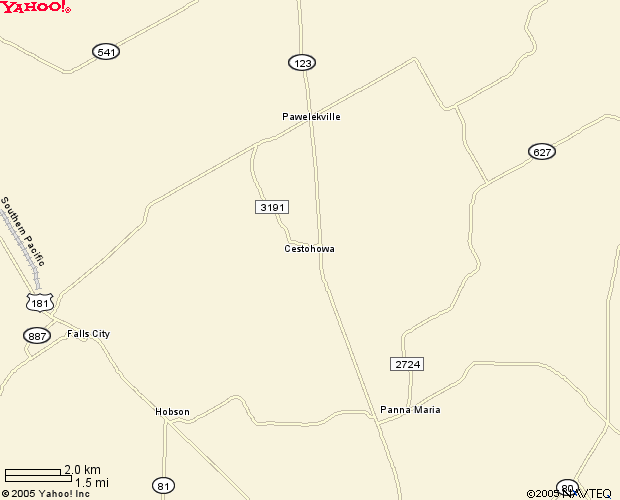 | | | |
